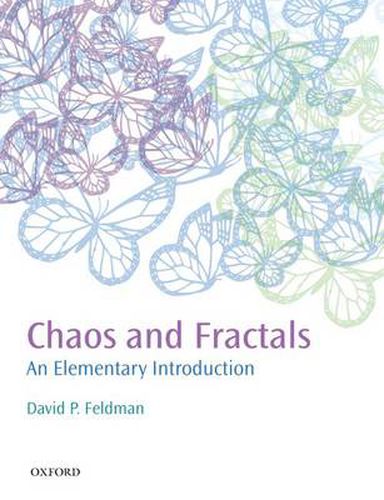Readings Newsletter
Become a Readings Member to make your shopping experience even easier.
Sign in or sign up for free!
You’re not far away from qualifying for FREE standard shipping within Australia
You’ve qualified for FREE standard shipping within Australia
The cart is loading…






This book provides the reader with an elementary introduction to chaos and fractals, suitable for students with a background in elementary algebra, without assuming prior coursework in calculus or physics. It introduces the key phenomena of chaos - aperiodicity, sensitive dependence on initial conditions, bifurcations - via simple iterated functions. Fractals are introduced as self-similar geometric objects and analyzed with the self-similarity and box-counting dimensions. After a brief discussion of power laws, subsequent chapters explore Julia Sets and the Mandelbrot Set. The last part of the book examines two-dimensional dynamical systems, strange attractors, cellular automata, and chaotic differential equations.The book is richly illustrated and includes over 200 end-of-chapter exercises. A flexible format and a clear and succinct writing style make it a good choice for introductory courses in chaos and fractals.
$9.00 standard shipping within Australia
FREE standard shipping within Australia for orders over $100.00
Express & International shipping calculated at checkout
This book provides the reader with an elementary introduction to chaos and fractals, suitable for students with a background in elementary algebra, without assuming prior coursework in calculus or physics. It introduces the key phenomena of chaos - aperiodicity, sensitive dependence on initial conditions, bifurcations - via simple iterated functions. Fractals are introduced as self-similar geometric objects and analyzed with the self-similarity and box-counting dimensions. After a brief discussion of power laws, subsequent chapters explore Julia Sets and the Mandelbrot Set. The last part of the book examines two-dimensional dynamical systems, strange attractors, cellular automata, and chaotic differential equations.The book is richly illustrated and includes over 200 end-of-chapter exercises. A flexible format and a clear and succinct writing style make it a good choice for introductory courses in chaos and fractals.